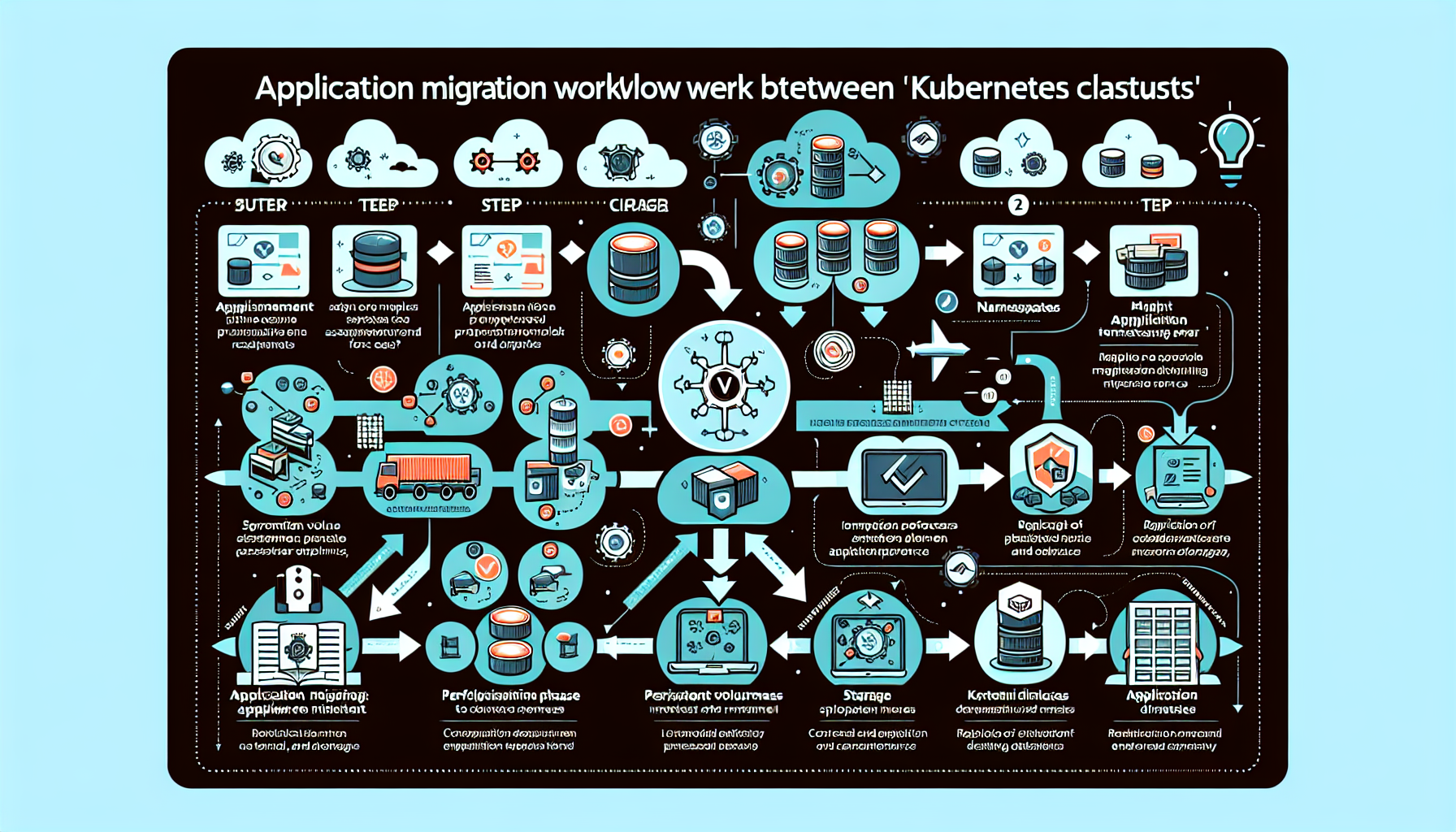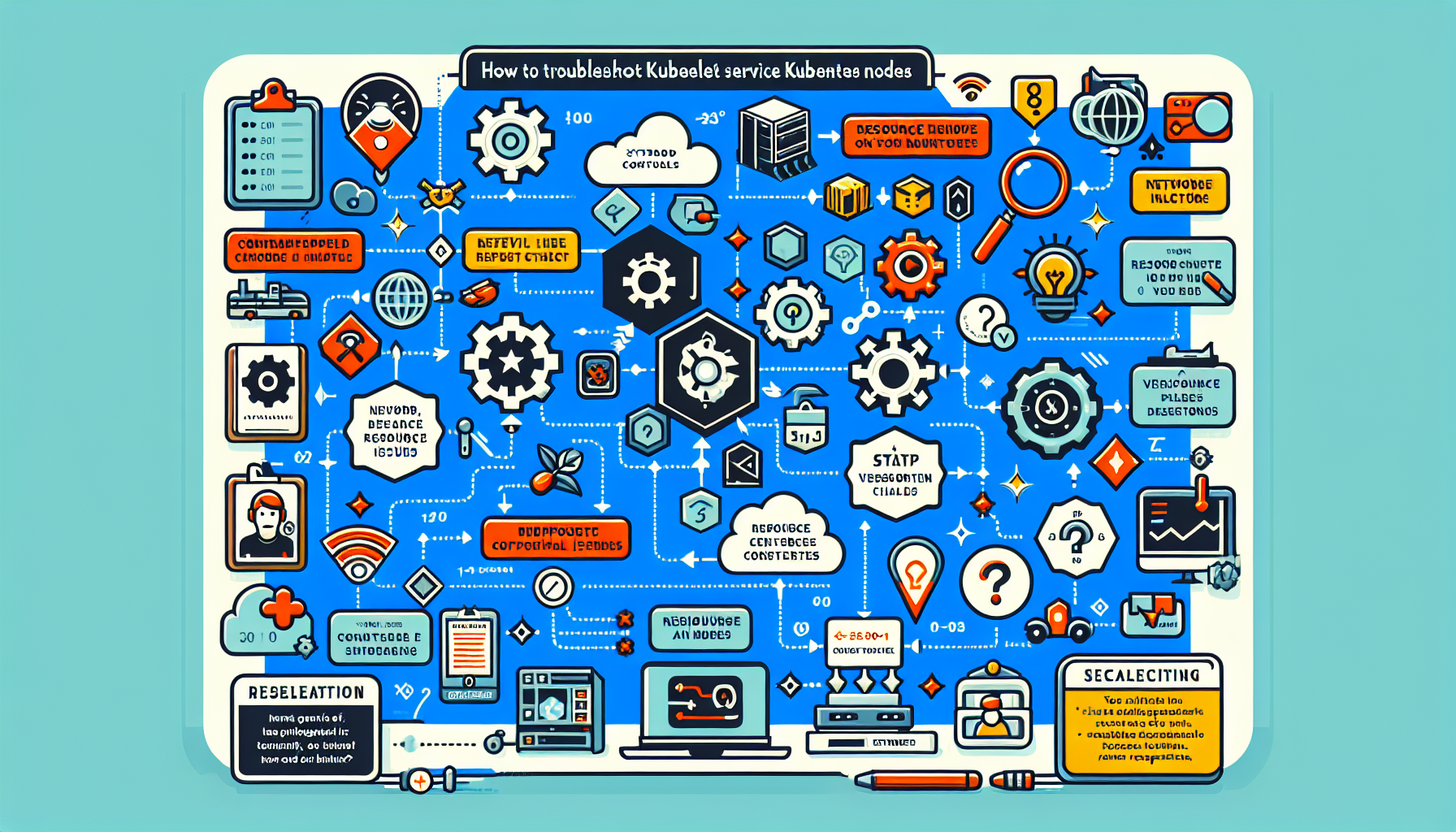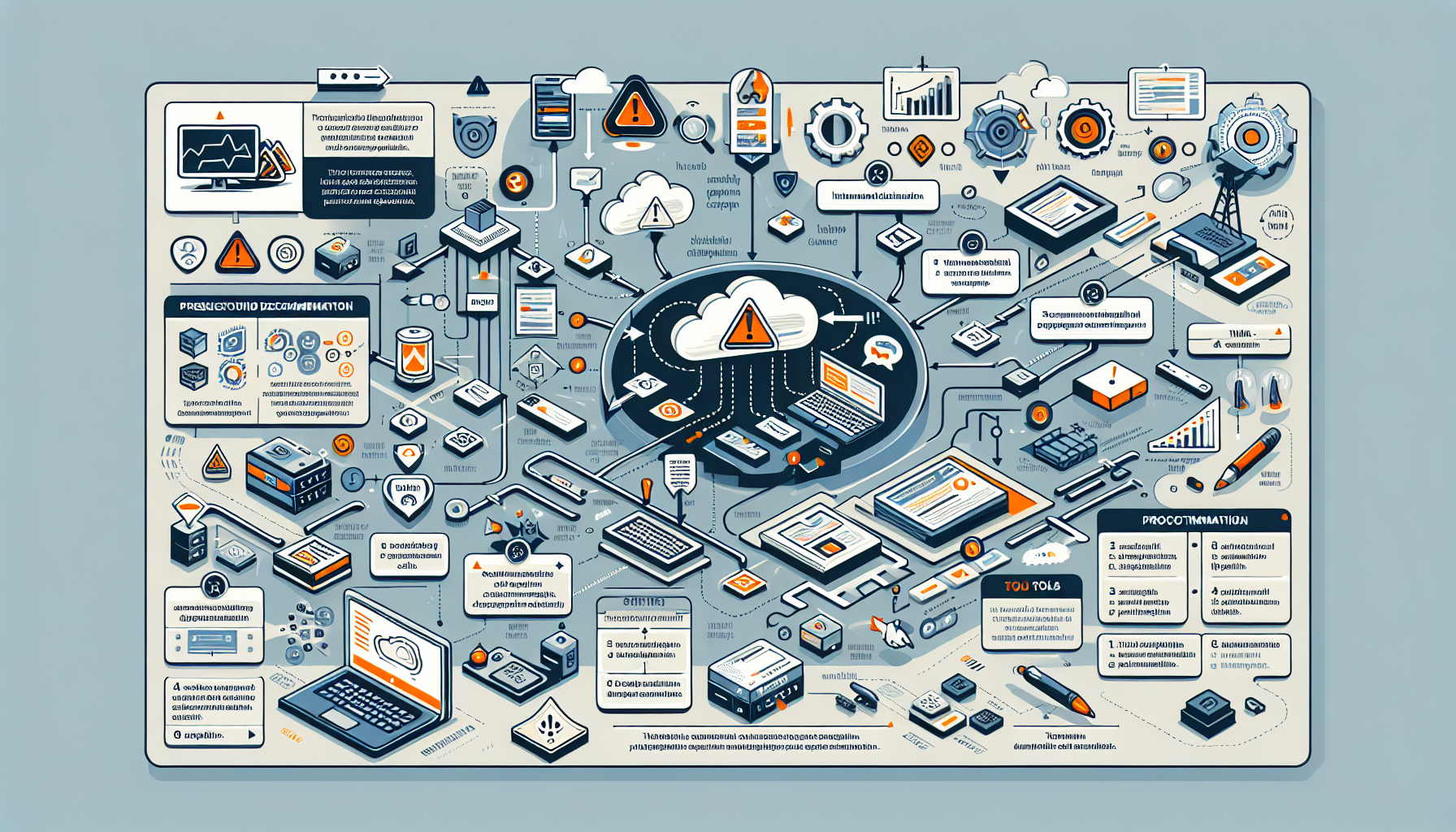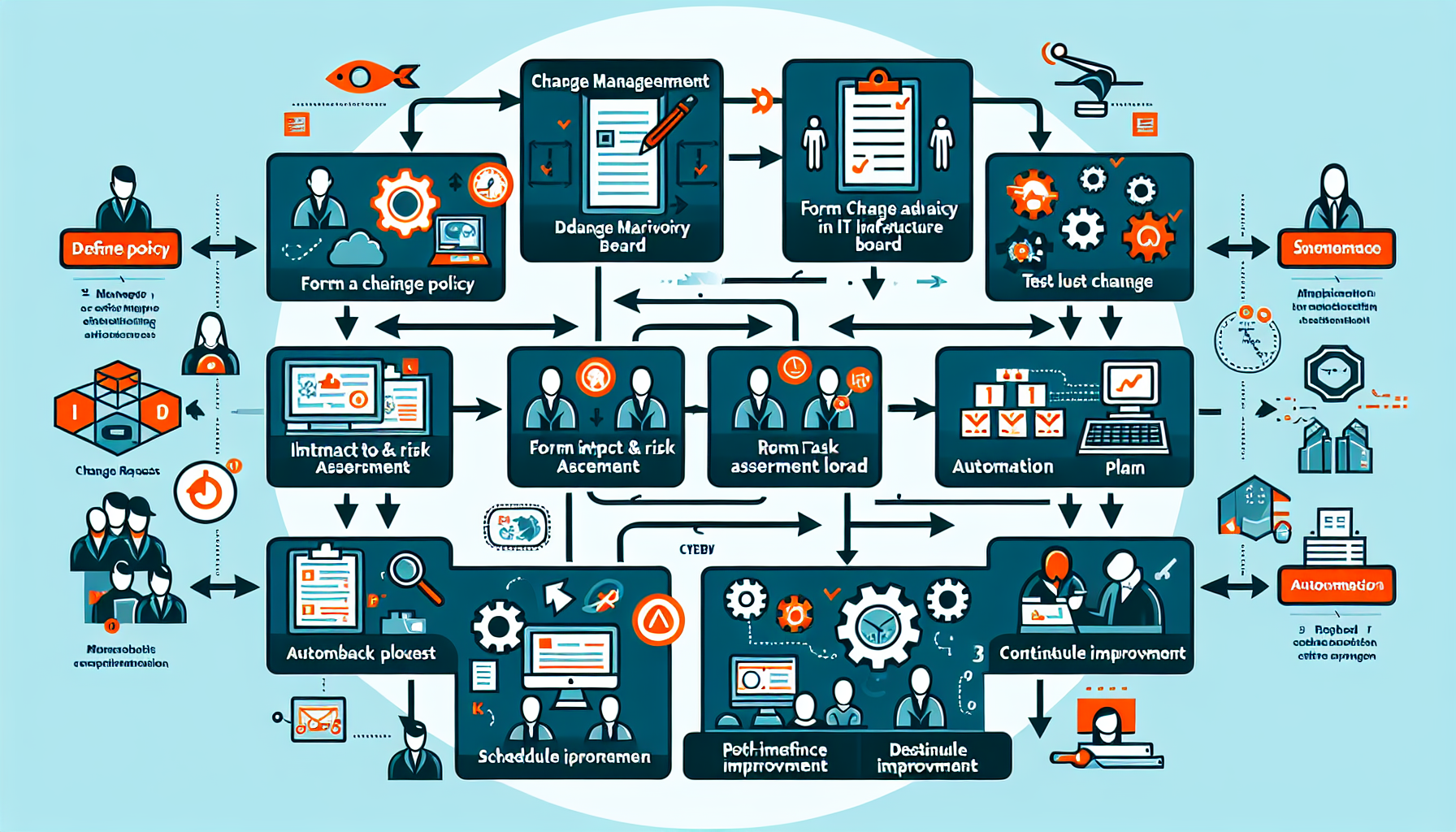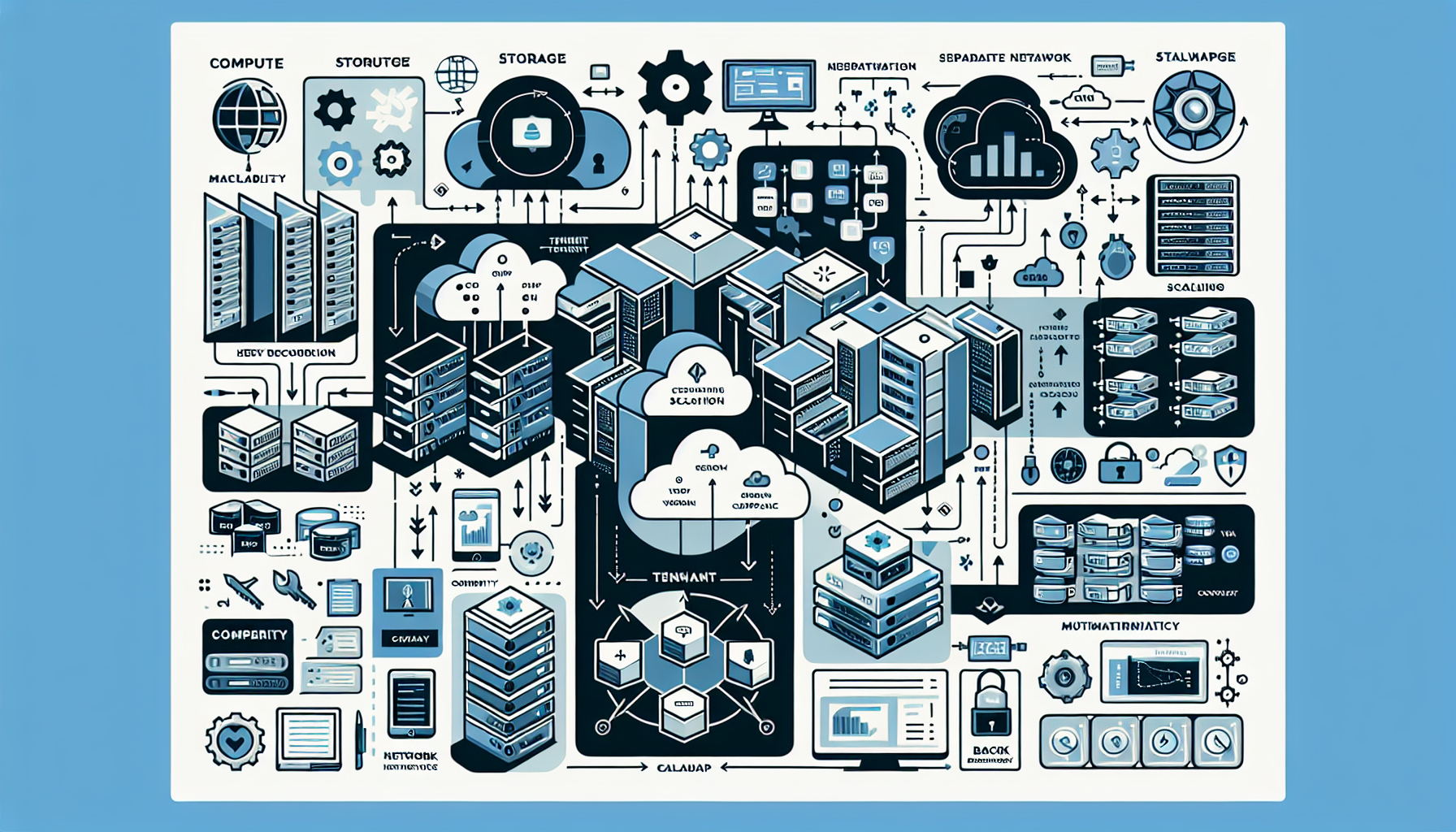How do I troubleshoot DNS resolution issues inside Kubernetes clusters?
Troubleshooting DNS resolution issues inside Kubernetes clusters can be challenging, but systematic steps can help identify and resolve the problem. Here’s a detailed guide: 1. Check Pod DNS Configuration Start by verifying the DNS configuration of the affected pod: – Get Pod’s DNS Info: bash kubectl exec -it <pod-name> — cat /etc/resolv.conf Look for: – […]
